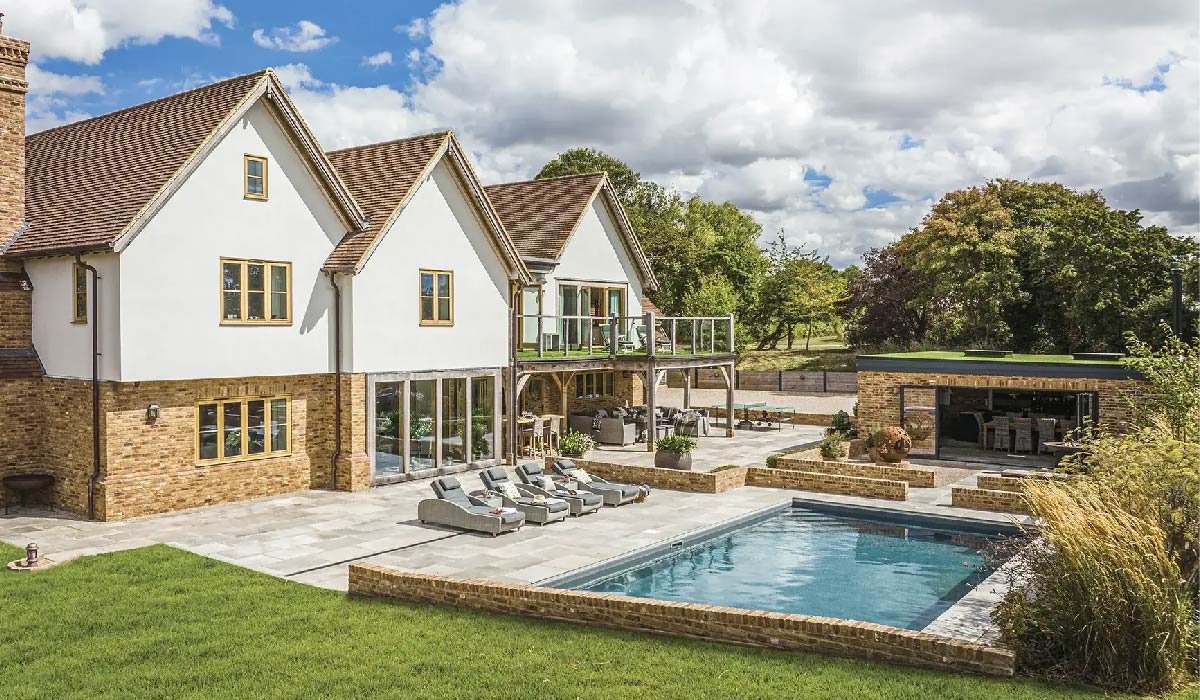Business
The Ultimate Guide to Building Your Own DIY Swimming Pool

Constructing a diy swimming pool can be a rewarding venture both in terms of personal satisfaction and potential cost savings. This comprehensive guide will walk you through the essential steps required to bring your backyard swimming pool project to life.
Planning and Design
The initial step in building a DIY swimming pool involves meticulous planning and design. Consider the size, shape, and type of pool that fits your outdoor space and budget. Engaging with a professional pool designer may be beneficial to refine your general idea into a blueprint that takes into account local building codes and permits.
Beyond aesthetics, functional aspects such as depth, pool entrance style, and proximity to utilities should be considered during the design phase. Also, budgeting for the project by estimating costs for materials, labour, and any additional features like lighting or heating systems is crucial.
Acquiring Permits and Preparing the Site
Most regions require specific permits to build a swimming pool. Before breaking ground, it is vital to check with local authorities regarding requirements for permits and inspections. Failure to comply with local regulations can lead to project delays or fines.
Once permits are in hand, prepare the site by clearing the area of debris and marking out the pool’s dimensions with stakes and strings. Site preparation may involve excavating the ground which generally requires renting machinery or hiring professionals.
Construction of the Pool Shell
With the site prepared, the construction phase begins with forming and pouring the pool shell. Common materials include concrete, fibreglass, or a vinyl liner. Each material has its advantages, with concrete offering custom shapes and durability, fibreglass needing less maintenance, and vinyl providing a cost-effective solution.
It is crucial to follow the manufacturer’s instructions if you are using a pre-fabricated kit. When choosing concrete, professional aid may be required in applying techniques such as spraying or hand trowelling to form the pool walls.
Installing Plumbing and Electrical Systems
Plumbing and electrical systems are indispensable for the pool’s functionality and safety. Installing the filtration system, water pumps, and electrical circuits must meet safety standards and are typically best handled by licensed professionals.
Ensure all components are compatible and of high quality to avoid future malfunctions. Properly installed systems also help maintain clear, clean water and efficient heating.
Finishing Touches
Once the essential systems are installed, it is time to add the finishing touches. This includes applying a finish to the pool deck and walls. For an optimal aesthetic, choose a finish that complements your landscape design. Options range from tiling and natural stone to coloured concrete.
Adding features such as ladders, diving boards, or water features can enhance the pool’s functionality and appeal. Ensure they are correctly installed and adhere to safety standards.
Filling and Balancing the Water
Before enjoying your new pool, it is necessary to fill it with water and achieve the proper chemical balance. Test the water’s pH levels, alkalinity, calcium hardness, and chlorine levels. Balanced water not only ensures a pleasant swimming experience but also extends the lifespan of the pool materials.
Regular Maintenance
Building a pool is only part of the journey. Regular maintenance is required to keep it in pristine condition. This involves regular skimming, vacuuming, and monitoring chemical levels.
Periodic inspections of the pool’s structural integrity and mechanical systems are also advised to prolong its longevity. Seasonal changes may necessitate additional maintenance tasks such as winterising.
Cost Implications and Savings
While building a DIY swimming pool can initially require a significant investment, it often results in long-term savings compared to hiring contractors. By opting for a DIY approach, you have more control over material choices and labour costs.
Additionally, being directly involved in the build process offers the chance for personalisation tailored to your family’s specific needs and preferences.
Conclusion
The decision to build a DIY swimming pool involves a commitment to detailed planning, execution, and maintenance. It provides an opportunity for significant cost savings and a customised backyard oasis. By following the steps outlined in this guide, you can be well on your way to enjoying the benefits of a self-built swimming pool for years to come.
-

 Celebrity1 year ago
Celebrity1 year agoWho Is Jennifer Rauchet?: All You Need To Know About Pete Hegseth’s Wife
-

 Celebrity1 year ago
Celebrity1 year agoWho Is Mindy Jennings?: All You Need To Know About Ken Jennings Wife
-

 Celebrity1 year ago
Celebrity1 year agoWho Is Enrica Cenzatti?: The Untold Story of Andrea Bocelli’s Ex-Wife
-

 Celebrity1 year ago
Celebrity1 year agoWho Is Klarissa Munz: The Untold Story of Freddie Highmore’s Wife
















